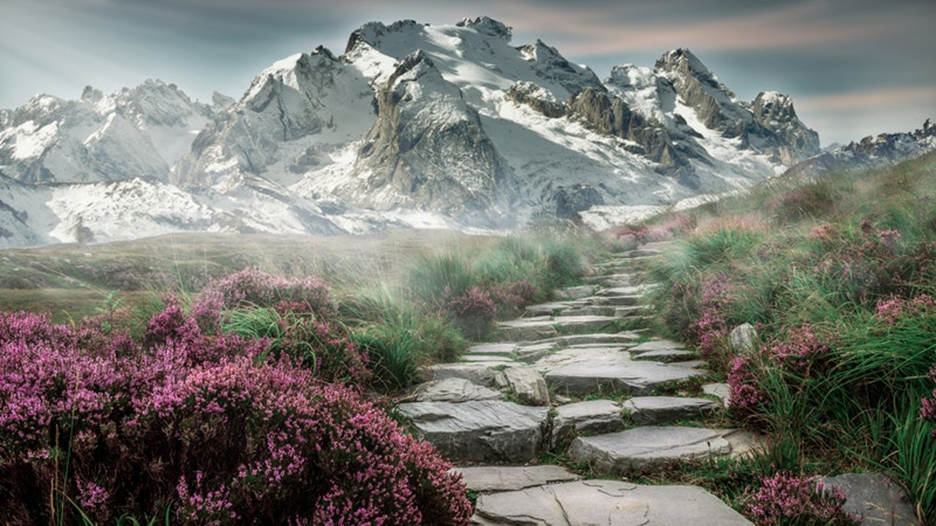Are you a student? are you a photographer?
Enjoy this photography guide.
How does Aperture Work?
The holy trinity of photography is definitely
aperture, shutter speed and ISO. The
three work together to create your images, and all three control how much light
the lens lets in to the camera. Today we’re
going to discuss aperture – how to understand it, and how to use it to enhance
your photography.
Put simply, aperture is the most visual of the
three basic pillars. It can produce wonderfully blurred backgrounds,
with only the main subject of your image in focus, or it can bring everything
into focus from the nearest tree to the furthest hill in the same image.
Aperture
is actually the size of the hole within your lens, which lets light into your
camera. The larger the aperture, the more light you let into your camera, and
vice versa.
The Confusing Relationship Between f-stops and Aperture
Does
the explanation of what aperture is sound simple? It is – but where it can get
confusing is when you apply f-stops to the different sizes of aperture. An
f-stop, also known as an f-number, is a method of describing the size of the
aperture, and the misunderstanding can arise because a smaller f-stop
number means a larger aperture,
hence more light
getting into the camera. A larger f-stop means a smaller aperture,
meaning less light
getting into the camera.
Most
people are used to larger numbers representing more of the same thing, but in
aperture and f-stops that’s not the case. If you consider that f/1.8 is larger
than f/4, and much bigger than f/8, it’s easy to see the potential for
confusion.
This
chart below represents the size of the lens aperture (Opening) and the corresponding
f-stops:
Depth of Field: What it is, and How You Can Use it to Create Impact
Depth
of field is basically using your aperture to control how much of the shot is in
focus. The size of the aperture has a direct relationship to how much or little
of your image appears sharp.
For
instance, a large f-stop such as f/22 (which lets less light in than a lower
f-stop) will give you an image with all the foreground and background in
focus. Most landscape images are shot with a higher f-stop.
A
small f-stop such as f/1.8, on the other hand, will isolate your subject from
the background and blur everything that is not on that plane of focus. Think of
close-up portraits where only the eyes are tack-sharp, and everything else
gradually falls off into softness. A good example of that are the old-style
Hollywood film star images from George Hurrell and Clarence Sinclair Bull. Food
photography is another area where shallow depth of field is often used to
separate food items from the background.
Wide Depth of Field (Narrow DOF)
You
can see in the image below how a landscape has been shot with a wide depth of
field (large f-stop – small aperture)
You
can see everything from the plants at the front right to the mountains at the
back.
Shallow Depth of Field
This
image of fruit hanging from the tree is a perfect example of shallow depth of
field (small f-stop – large aperture)
Creative Uses of Depth of Field
You
don’t just have to focus on the subject right in front of you to use a shallow
depth of field – it’s often used creatively to pick out one specific item in
the middle of a line to separate it from similar or identical items, such as in
the image below:
See
how the jackets at the front are out of focus, leading gently in to the jackets
that are sharp, then falling off again towards the back of the image? This can
be a really effective way of using depth of field.
Don’t get caught up in thinking that landscapes can only be shot with a wide depth of field, with everything sharp front to back. Sometimes really beautiful landscape shots can be done creatively with shallow depth of field, such as the image below. Only the mid-foreground of the image is in focus, but you can still tell what the image is about, and I think the sharpness fading slowly in and then out to softness in the distance is beautiful.
You
may have come across the term ‘fast’ or ‘slow’ lenses before. Lenses have a
limit on how large or small the aperture can get, and how much light they can
let in to the camera. The maximum aperture of the lens (small f-stop) is
important, because that is the limit on how much light your lens can let in. If
your lens has a maximum aperture of f/1.2 or f/1.4 like this lens, then it is
considered to be a fast lens because you can use a faster shutter
speed with them. If your lens has a maximum aperture of, say,
f/4.0, like this
lens, it can’t let as much light in, so you would need to use a
slower shutter speed to compensate in order to get correct exposure.
Fast
lenses are also way, way more expensive than slow ones! They are very useful
for shooting in low
light situations, but you would only get the extra
light f/1.2 could give at the expense of your wide depth of field, so they are
not always the best choice, depending on what you are shooting.





0 Comments